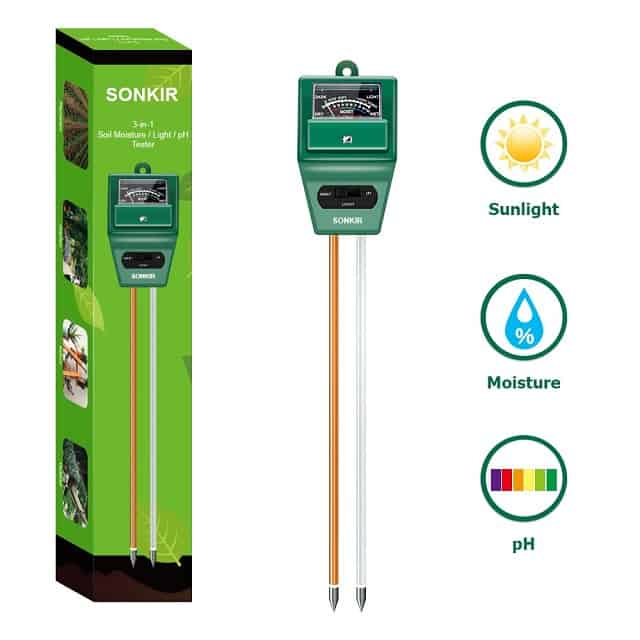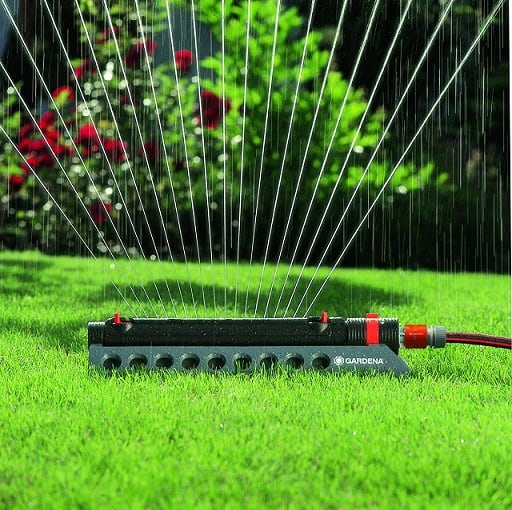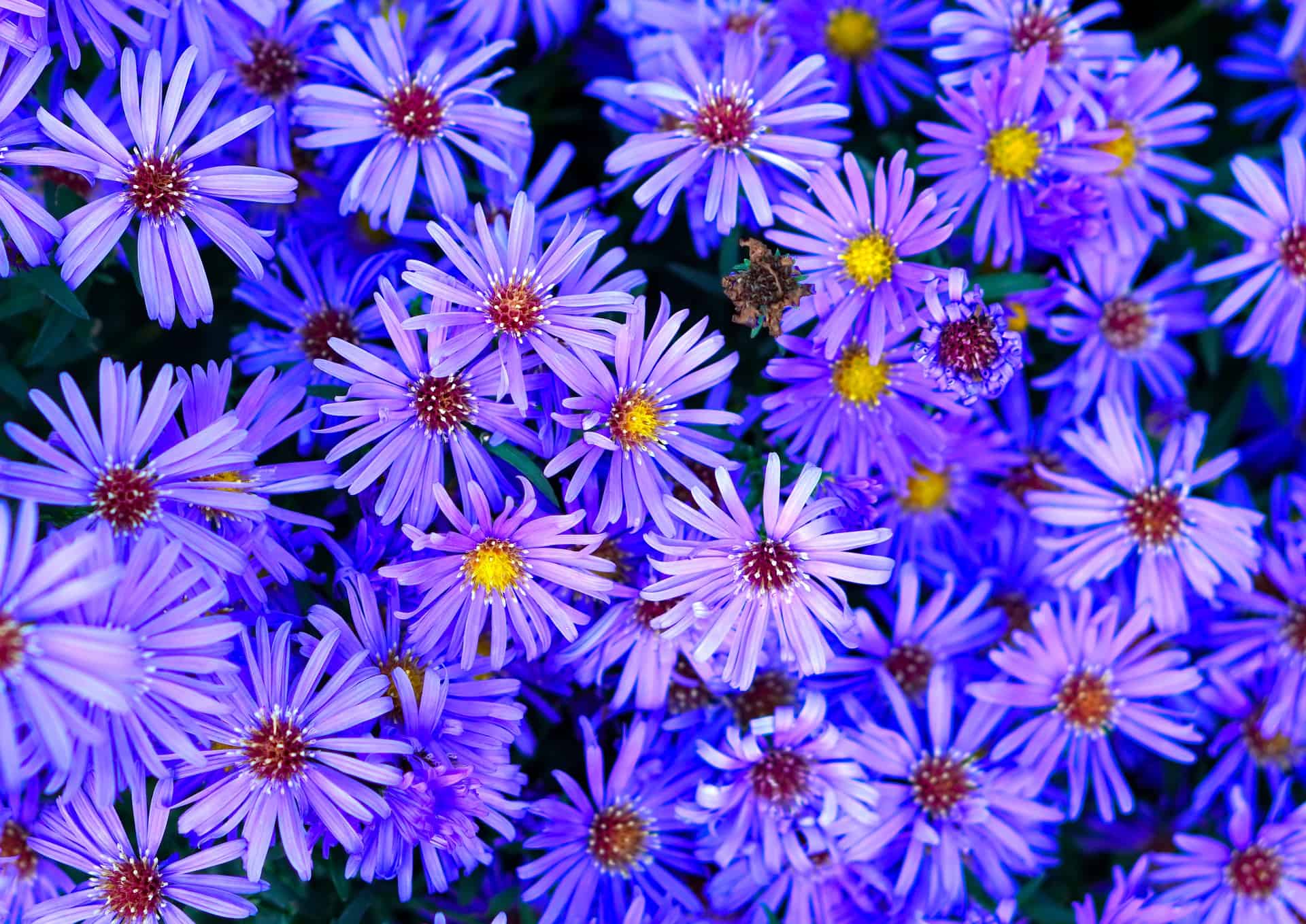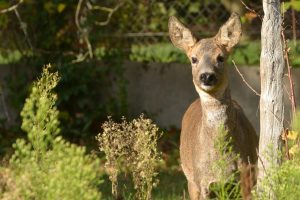Asters are a beautiful low-maintenance flower that will make a great addition to any garden. They are also a fast-growing perennial that will provide an endless display of stunning flowers in your garden for years to come.
Unlike most flowers that bloom in spring and summer Asters start to bloom in August and keep flowering until late October, which makes Asters one of the best flowers to plant if you want to add a touch of color to your fall garden.
If you’re interested in learning how to grow Asters continue reading this Aster growing guide for more information.
Best Aster Varieties
Aster Care
Light | Full Sun |
Life Cycle | Perennial |
Height | 24 inches |
Spread | 12 inches |
Water Requirements | Moderate |
Asters Annual or Perennial
Asters are a perennial flower that will grow in USDA hardiness zones 3 to 8, and they are a very cold tolerant flower that will perennialize as far north as Alaska.
After asters flower and die back in the fall they will remain dormant all winter in most areas. Then when the weather warms up in spring or early summer they will come back again like clockwork for many years to come.
Asters Sun or Shade
Most asters need to be planted in full light to keep them from becoming elongated and prone to falling over. However, there are some native aster cultivars available that can tolerate growing in low light conditions.
Starting Asters From Seed in a Flower Bed
The best way to grow Asters in a flower bed is to pick a sunny location with rich well-draining soil. Prepare the flower bed by turning the top layer of soil. Then sow the seeds evenly and cover them with a thin 1/4-inch layer of soil. Keep watering the seeds daily and make sure the soil remains moist until the Aster seeds start to germinate in 14 to 21 days.
Asters Plant Spacing
Aster seed should be sown in rows that are 15 to 18-inches apart, and taller varieties need to be spaced 36-inches apart
Aster Soil Requirements

Asters prefer to grow in a rich loamy soil that’s slightly acidic with a pH ranging from 5.8 to 6.5. They also appreciate an application of compost in the early spring to give them all the nutrients they need to produce a dense stand of flowers in the late summer and early fall.
Aster Water Requirements

Asters need to be watered regularly and you should keep the soil they’re growing in evenly moist. However, asters don’t like growing in waterlogged soil, and in most cases, 1-inch of rainfall each week, or a bi-weekly watering will be enough for this hardy perennial.
Aster Temperature Requirements
Asters thrive in cool temperatures and they only flower once the heat of summer has passed in late summer or early fall. They can however grow in warmer climates, but they are a cool-weather perennial that is native to the temperate regions in the north.
Aster Humidity Requirements
Asters don’t have any special humidity requirements, and they will happily grow in dry or humid climates that range from 40% to 90% Relative Humidity.
Aster Fertilizer Requirements
Asters are moderate feeders and they don’t require much fertilizer to thrive. For the best results, you should fertilize Asters every two weeks using a balanced fertilizer with a 10-10-10 NPK ratio.
Deadheading Asters

Asters can be encouraged to produce more flowers if you deadhead the spent blooms before they start to set seed. This will allow the plants to focus their energy on producing more blossoms instead of seed production.
All you need to do to deadhead asters is cut the spent bloom off right at the stem while being careful not to damage the plant. And you can continue deadheading asters all fall to keep them flowering until the first frost.
Asters Pests

Asters are a hardy plant that most insects leave alone, but lace bugs and aphids can sometimes be a problem. Insecticidal powders or sprays can be used to treat any infested plants, or you can use natural pest management techniques to keep asters free of damaging bugs.
Asters Diseases
Asters can be susceptible to powdery mildew and fungal diseases especially when the temperature cools down in the late fall. You can prevent this by planting your asters far enough apart so the plants receive adequate airflow. It’s also important to avoid overwatering asters, and whenever possible try to avoid getting the foliage wet since this can encourage mold and mildew to grow.









